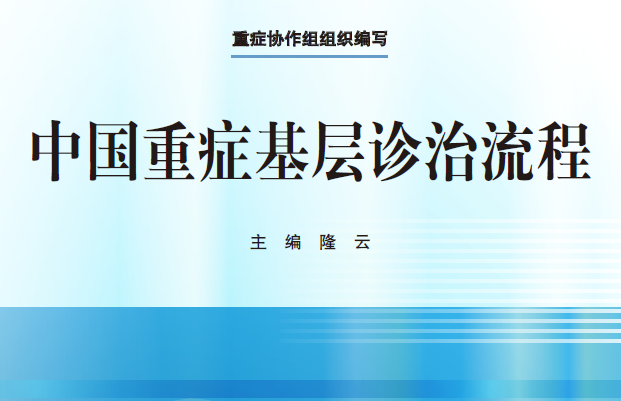Diagnosis and treatment of shock is the core of critical patient treatment. But problems such as fragile theoretical basis, lack of hemodynamics monitoring techniques and treatment protocols, and huge arbitrariness exist in primary hospitals. The target process of diagnosis and treatment for most of patients with shock in primary hospitals will contribute to the homogeneous management and improve the basic medical quality. Shock can be identified in early stage using three observationwindows: skin, kidney and alterations in consciousness, combining with hyperlactacidemia (>1.5mmol/L). The shock type can be identified with following protocol: screen and exclude obstructive shock, assess cardiac function and lung condition to determine cardiac shock, understand volume status and fluid responsiveness to identify hypovolemic shock and measure cardiac output to evaluate distributive shock. Meanwhile, it will contribute to better management of critical patients with shock at the primary level by the target process of shock treatment based on a concept of ladder application of lactic acid, central venous pressure, central venous oxygen saturation, and carbon dioxide partial pressure difference.
